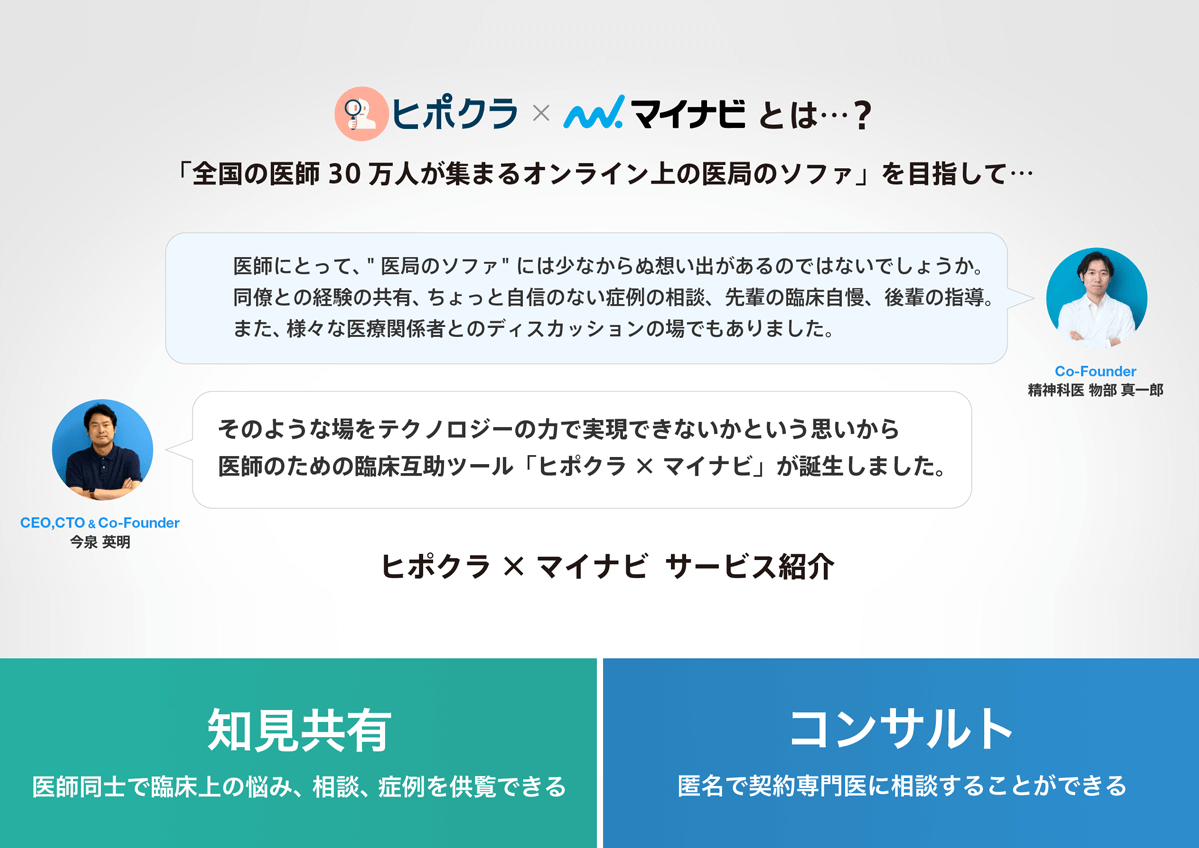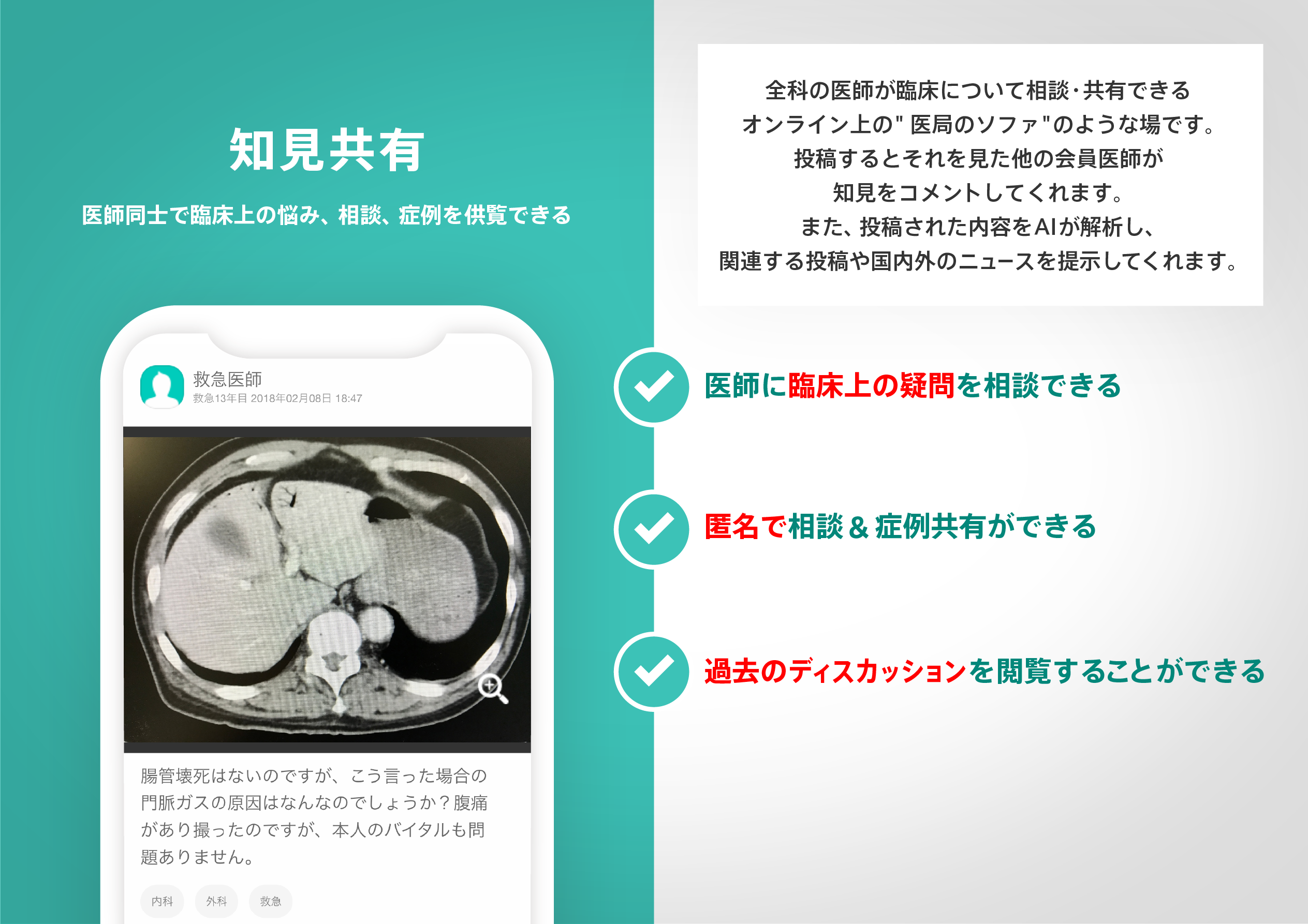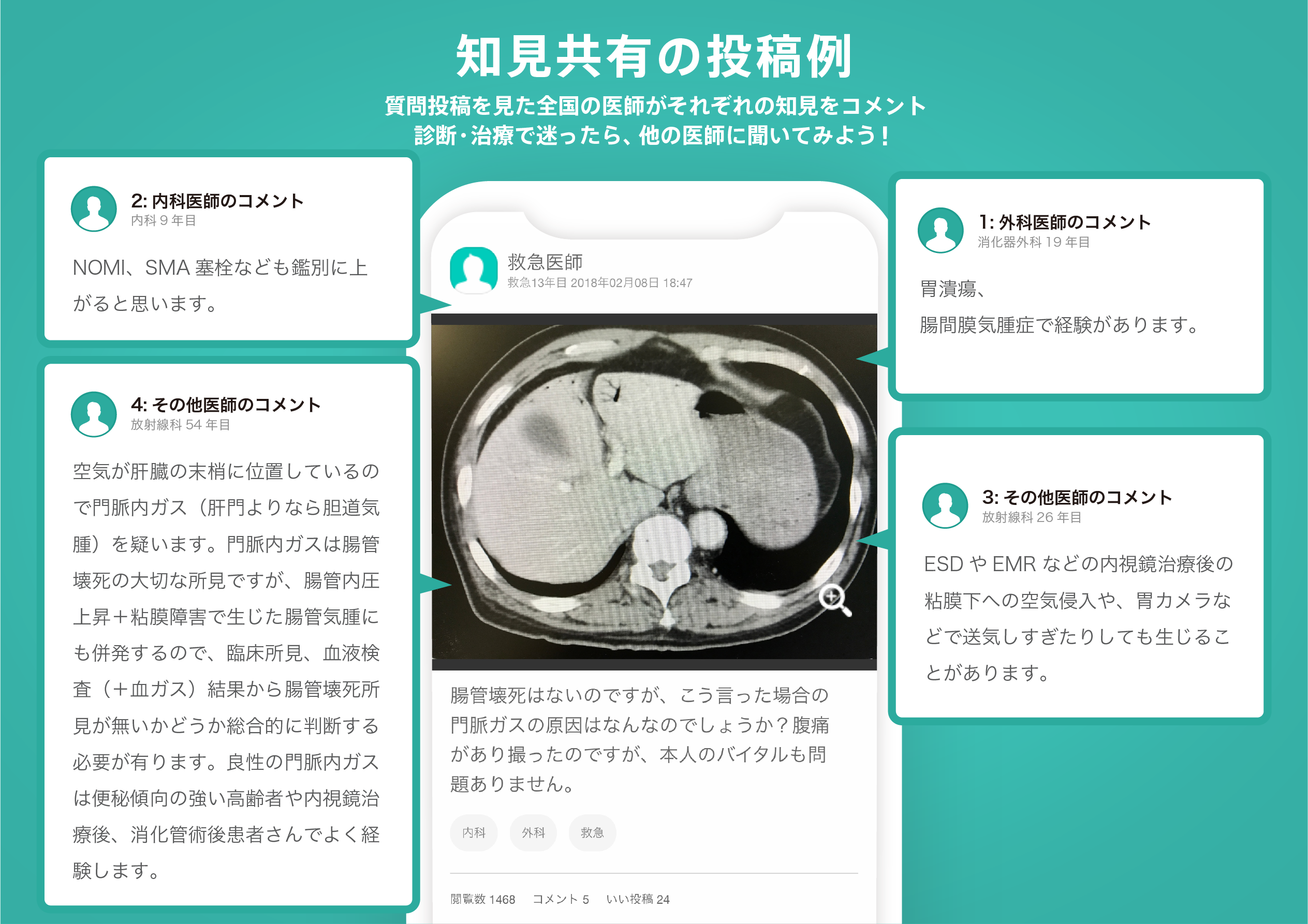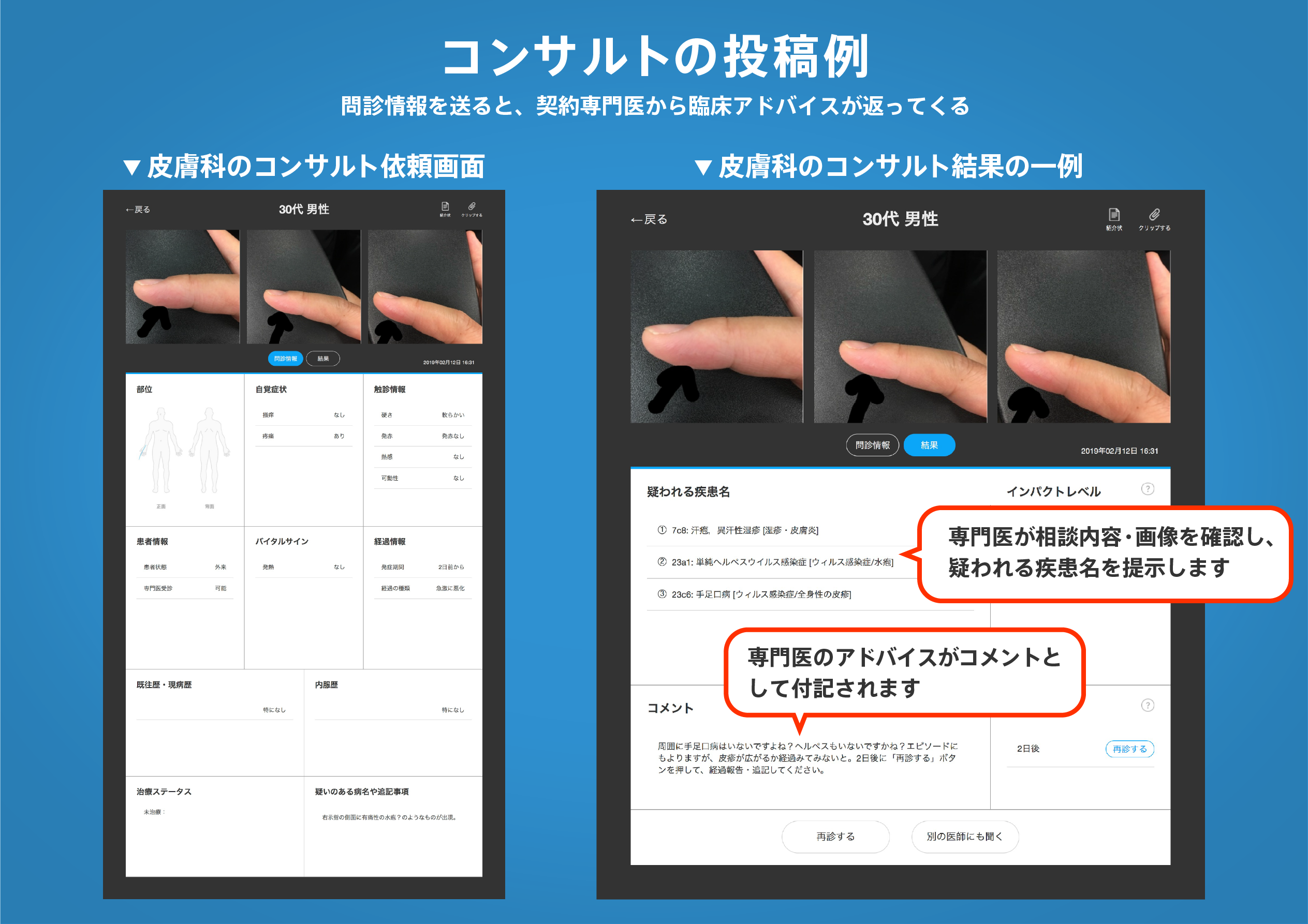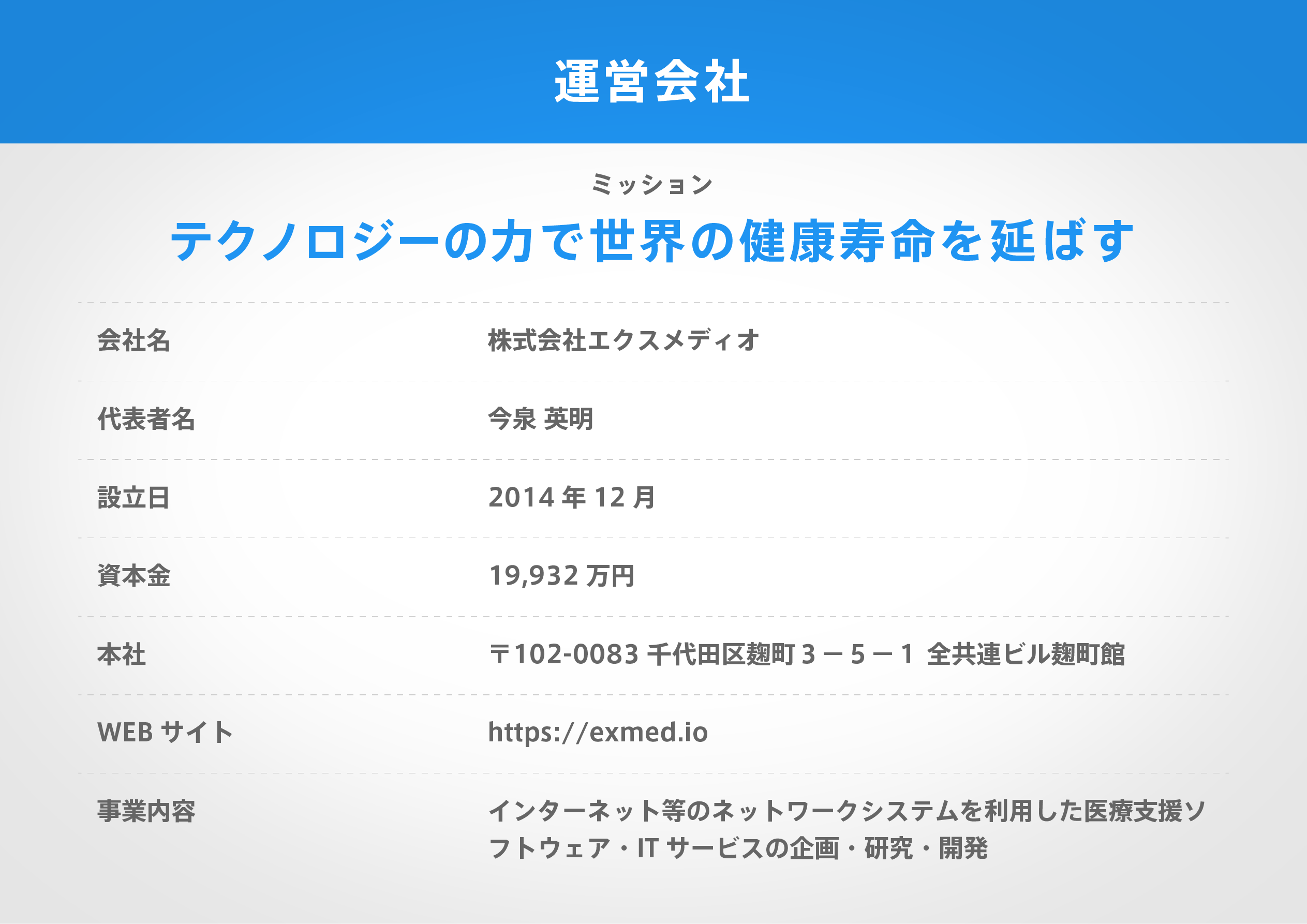著名医師による解説が無料で読めます
すると翻訳の精度が向上します
発作性夜間のヘモグロビン尿(PNH)の治療は、抗C5剤エクリズマブの導入によって革新され、その結果、血管内溶血の持続的な制御が生じ、少なくとも半分の患者で輸血回避とヘモグロビン安定化が生じました。それにもかかわらず、C3によって媒介される血管外溶血は、抗C5治療に関するPNH患者の避けられない現象として浮上しており、その血液学的利益を頻繁に制限しています。10年以上前、C3のレベルでの補体カスケードの治療的傍受はPNHの臨床反応を改善するはずだと仮定しました。CompStatinは、ヒトC3とC3Bの両方に結合する13レシドジスルフィドブリッジペプチドであり、最終的にC3コンバーターゼの形成を無効にし、それにより3つの活性化経路すべてを介して補体活性化を防ぎます。in vitroで何世代にもわたるコンパスタチン類似体がテストされており、その臨床評価はPNHおよびその他の補体媒介疾患で始まっています。Compstatin Analog POT-4のペグ化型であるPegcetacoplanは、PNH患者の2相I/IIおよび1相III研究で調査されています。第III相試験では、すでにエコリズマブに既に残留貧血のPNH患者を無作為化して、ペグセタコプランまたはエコリズマブのいずれかを直接比較して投与されました。16週目に、ペグセタコプランは、ベースラインからのヘモグロビンの変化(主要エンドポイント)および血管内および血管外溶血を追跡する他の二次エンドポイントの点で、エクリズマブよりも優れていました。画期的な溶血が追加の注意を必要とする可能性のあるリスクとして出現したにもかかわらず、ペグセタコプランは良好な安全性プロファイルを示しました。ここでは、PNHの治療のために最近承認されたこの革新的な治療に関する利用可能なすべてのデータをレビューします。
発作性夜間のヘモグロビン尿(PNH)の治療は、抗C5剤エクリズマブの導入によって革新され、その結果、血管内溶血の持続的な制御が生じ、少なくとも半分の患者で輸血回避とヘモグロビン安定化が生じました。それにもかかわらず、C3によって媒介される血管外溶血は、抗C5治療に関するPNH患者の避けられない現象として浮上しており、その血液学的利益を頻繁に制限しています。10年以上前、C3のレベルでの補体カスケードの治療的傍受はPNHの臨床反応を改善するはずだと仮定しました。CompStatinは、ヒトC3とC3Bの両方に結合する13レシドジスルフィドブリッジペプチドであり、最終的にC3コンバーターゼの形成を無効にし、それにより3つの活性化経路すべてを介して補体活性化を防ぎます。in vitroで何世代にもわたるコンパスタチン類似体がテストされており、その臨床評価はPNHおよびその他の補体媒介疾患で始まっています。Compstatin Analog POT-4のペグ化型であるPegcetacoplanは、PNH患者の2相I/IIおよび1相III研究で調査されています。第III相試験では、すでにエコリズマブに既に残留貧血のPNH患者を無作為化して、ペグセタコプランまたはエコリズマブのいずれかを直接比較して投与されました。16週目に、ペグセタコプランは、ベースラインからのヘモグロビンの変化(主要エンドポイント)および血管内および血管外溶血を追跡する他の二次エンドポイントの点で、エクリズマブよりも優れていました。画期的な溶血が追加の注意を必要とする可能性のあるリスクとして出現したにもかかわらず、ペグセタコプランは良好な安全性プロファイルを示しました。ここでは、PNHの治療のために最近承認されたこの革新的な治療に関する利用可能なすべてのデータをレビューします。
The treatment of paroxysmal nocturnal hemoglobinuria (PNH) was revolutionized by the introduction of the anti-C5 agent eculizumab, which resulted in sustained control of intravascular hemolysis, leading to transfusion avoidance and hemoglobin stabilization in at least half of all patients. Nevertheless, extravascular hemolysis mediated by C3 has emerged as inescapable phenomenon in PNH patients on anti-C5 treatment, frequently limiting its hematological benefit. More than 10 years ago we postulated that therapeutic interception of the complement cascade at the level of C3 should improve the clinical response in PNH. Compstatin is a 13-residue disulfide-bridged peptide binding to both human C3 and C3b, eventually disabling the formation of C3 convertases and thereby preventing complement activation via all three of its activating pathways. Several generations of compstatin analogs have been tested in vitro, and their clinical evaluation has begun in PNH and other complement-mediated diseases. Pegcetacoplan, a pegylated form of the compstatin analog POT-4, has been investigated in two phase I/II and one phase III study in PNH patients. In the phase III study, PNH patients with residual anemia already on eculizumab were randomized to receive either pegcetacoplan or eculizumab in a head-to-head comparison. At week 16, pegcetacoplan was superior to eculizumab in terms of hemoglobin change from baseline (the primary endpoint), as well as in other secondary endpoints tracking intravascular and extravascular hemolysis. Pegcetacoplan showed a good safety profile, even though breakthrough hemolysis emerged as a possible risk requiring additional attention. Here we review all the available data regarding this innovative treatment that has recently been approved for the treatment of PNH.
医師のための臨床サポートサービス
ヒポクラ x マイナビのご紹介
無料会員登録していただくと、さらに便利で効率的な検索が可能になります。

